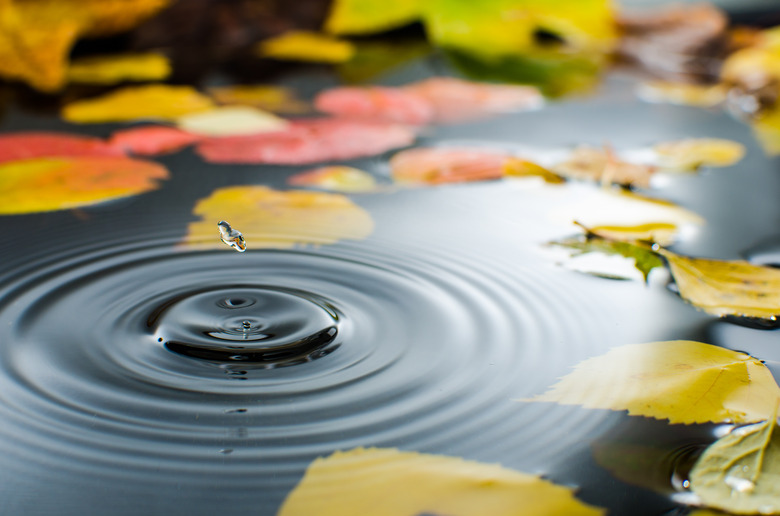Three Examples Of Protists With Scientific Names
Protista is a kingdom of misfits. It includes a wide variety of microscopic life that doesn't fall into any of the other kingdoms. There are plant-like protists, animal-like protists and even fungus-like protists. They are all eukaryotic, meaning that they have a distinct nucleus and complex organelles within their cells, such as mitochondria and Golgi bodies. More recent genetic work into the relationships between organisms has created overarching supergroups that connect parts of the protist kingdom to other life-forms.
Volvox globator
Volvox globator
Volvox globator is a green alga that is both visually arresting and biologically interesting. It exists as a giant, hollow, globe-shaped colony of tiny individuals with flagella, whip-like structures for moving, that they use to roll their colony ball around. Volvox globator colonies can reach 2 millimeters (0.08 inches) in diameter, large enough to be seen with the naked eye. These protists can reproduce both sexually through male and female colonies and asexually by forming daughter colonies inside a parent colony.
Paramecium caudatum
Paramecium caudatum
Paramecium caudatum are single-celled protists common in most aquatic environments. They are relatively large, about the size of a period, single-celled and roughly oval, with cilia, numerous beating hairlike projections, which they use to swim through the water. They consume bacteria by using their cilia to sweep their prey into their mouth. There, the food is encapsulated in a vacuole and digested, and waste products are excreted. It has two nuclei, one large macronucleus that runs the cell and a micronucleus that is used in a process called conjugation.
Physarum polycephalum
Physarum polycephalum
Physarum polycephalum is a member of a group known as the true, or plasmodial, slime molds. When visible, Physarum polycephalum colonies are yellowish with uneven bulbous protrusions. Slime molds form when small individual flagellated cells join to form one giant bag of cytoplasm with many nuclei. They were once thought to be related to fungi because in the face of inhospitable environments, both life-forms share the strategy of forming spores on top of stalks to move to better conditions. Slime molds can also exchange genetic information in a primitive form of sexual reproduction.
Finding Your Own Protists
Finding Your Own Protists
Many different protists can be found in your average drop of pond water. To see them you can use a microscope, or you can make your own. Hold a syringe of pond water upside down and depress the lever so that a drop of water is hanging from the end. Direct the beam of a laser pointer through the drop and project it against the wall of a dark room. The drop will act as a lens and your magnified protists will be projected against the wall.
References
- Wiley: Nature's Misfits: Reclassifying Protists Helps Us Understand How Many Species Remain Undiscovered
- Microscopy-UK: Volvox, One of the 7 Wonders of the Micro World
- Encyclopaedia Britannica: Paramecium
- Encyclopedia of Life: Paramecium caudatum
- Berkeley University: Introduction to the "Slime Molds"
Cite This Article
MLA
Becker, Andrea. "Three Examples Of Protists With Scientific Names" sciencing.com, https://www.sciencing.com/three-examples-protists-scientific-names-16416/. 25 April 2018.
APA
Becker, Andrea. (2018, April 25). Three Examples Of Protists With Scientific Names. sciencing.com. Retrieved from https://www.sciencing.com/three-examples-protists-scientific-names-16416/
Chicago
Becker, Andrea. Three Examples Of Protists With Scientific Names last modified August 30, 2022. https://www.sciencing.com/three-examples-protists-scientific-names-16416/
